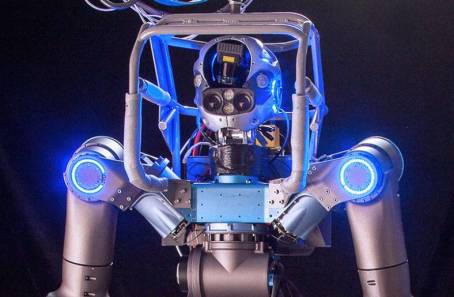A anthropomorphic robot behind the wheel? Is that the key to self-driving cars that don’t hit people or telephone poles? That’s what some researchers at the University of Tokyo think, and they explain their point of view in a scientific paper that came out this week.
One of the researchers works as a consultant for Toyota. They made a “musculoskeletal humanoid” named Musashi and taught it how to drive a small electric car on a test track.
For Musashi, the road in front of it and the views in the side windows are like human eyes because the car has two cameras that work like eyes. It can turn on the turn light, lock the doors, and turn the key with its mechanical hands. Musashi can also press on the gas or stop pedal because its “feet” don’t slip.
Researchers say they were able to get Musashi to follow traffic light signals while turning a corner at an intersection after “teaching” it how to use the steering wheel by giving it raw sensor data.
But There Are Some Things To Keep In Mind
One thing is that Musashi didn’t tap the accelerator when it turned the corner; it just slowly lifted its “foot” off the stop pedal. The experts say that this was necessary because of technical issues and to be safe, but it made the turn take about two minutes longer.
The experts say that Musashi did use the accelerator in a different test. But it had trouble staying at the same speed, which depended on how steep the road was.
Also Read: Waymo’s Robotaxis is Being Looked Into After Accidents and Crashes
It’s clear that some work needs to be done. The researchers say they’re ready for the task, though, and they plan to make a new robot and software. Musashi might be driving your next Tokyo cab a few decades from now.
What do you say about this story? Visit Parhlo World For more.


